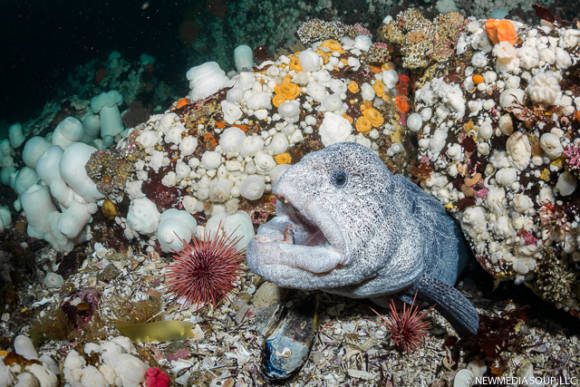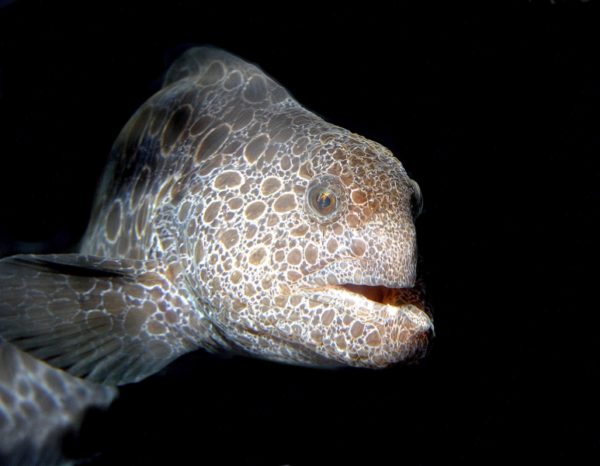

The red lionfish is native to South Pacific reef ecosystems. It is striped with red, brown, and white and grows to about 30 cm (12 inches) long. One of the best-known species is the red lionfish ( Pterois volitans), an impressive fish sometimes kept by fish fanciers. When disturbed, the fish spread and display their fins and, if further pressed, will present and attack with the dorsal spines. The fishes have enlarged pectoral fins and elongated dorsal fin spines, and each species bears a particular pattern of bold, zebralike stripes. They are noted for their venomous fin spines, which are capable of producing painful, though rarely fatal, puncture wounds. Lionfishes (Pterois) make up any of several species of showy Indo-Pacific fishes of the scorpion fish family, Scorpaenidae (order Scorpaeniformes). In Japan, where the fishes are called fugu, they must be carefully cleaned and prepared by a specially trained chef. Although this substance can cause death, puffers are sometimes used as food. Many species are poisonous a highly toxic substance, tetraodontoxin, is especially concentrated in the internal organs. The largest puffers grow about 90 cm (3 feet) long but most are considerably smaller. They have tough, usually prickly skins and fused teeth that form a beaklike structure with a split in the center of each jaw. Puffers are found in warm and temperate regions around the world, primarily in the sea but also, in some instances, in brackish or fresh water. The puffer, which is also called swellfish, or blowfish, is any member of a group of about 90 species of fishes of the family Tetraodontidae, noted for their ability when disturbed to inflate themselves so greatly with air and water that they become globular in form.
Wolf eel dangerous plus#
Puffer fish Jupiterimages//Getty Images Plus SpaceNext50 Britannica presents SpaceNext50, From the race to the Moon to space stewardship, we explore a wide range of subjects that feed our curiosity about space!.Learn about the major environmental problems facing our planet and what can be done about them! Saving Earth Britannica Presents Earth’s To-Do List for the 21st Century.Britannica Beyond We’ve created a new place where questions are at the center of learning.100 Women Britannica celebrates the centennial of the Nineteenth Amendment, highlighting suffragists and history-making politicians.
Wolf eel dangerous how to#
COVID-19 Portal While this global health crisis continues to evolve, it can be useful to look to past pandemics to better understand how to respond today.Student Portal Britannica is the ultimate student resource for key school subjects like history, government, literature, and more.From tech to household and wellness products. Britannica Explains In these videos, Britannica explains a variety of topics and answers frequently asked questions.This Time in History In these videos, find out what happened this month (or any month!) in history.#WTFact Videos In #WTFact Britannica shares some of the most bizarre facts we can find.Demystified Videos In Demystified, Britannica has all the answers to your burning questions.Britannica Classics Check out these retro videos from Encyclopedia Britannica’s archives.The first pair of legs is often black or dark brown, its other legs are brown.įemales average 16 – 21 mm in length, while males, being typically much smaller, measure about 13 mm in size. Its abdomen features a dark median band, notched on each side in front of the middle of the abdomen, with several pairs of light spots on the rear part of the abdomen. A typical wolf spider has a dark grey cephalothorax, with 2 light longitudinal stripes extending across the top, and a narrow, light line on each lateral margin of the thorax. This spider prefers to hunt its prey, which includes: crickets, ants, grasshoppers & other spiders, by slowly stalking them from a distance.


The wolf spider is known for its hunting ability. This is a good thing since they are one of the most common spiders found throughout North America!Īlthough they are typically observed on the western side of the continent, they have been spotted as far east as Nova Scotia, and as far south as Florida. The wolf spider is known to be rather aggressive, but its bite is not usually dangerous to humans. Wolf Spider, Vancouver Island, BC, Photo By Robert Logan


 0 kommentar(er)
0 kommentar(er)
